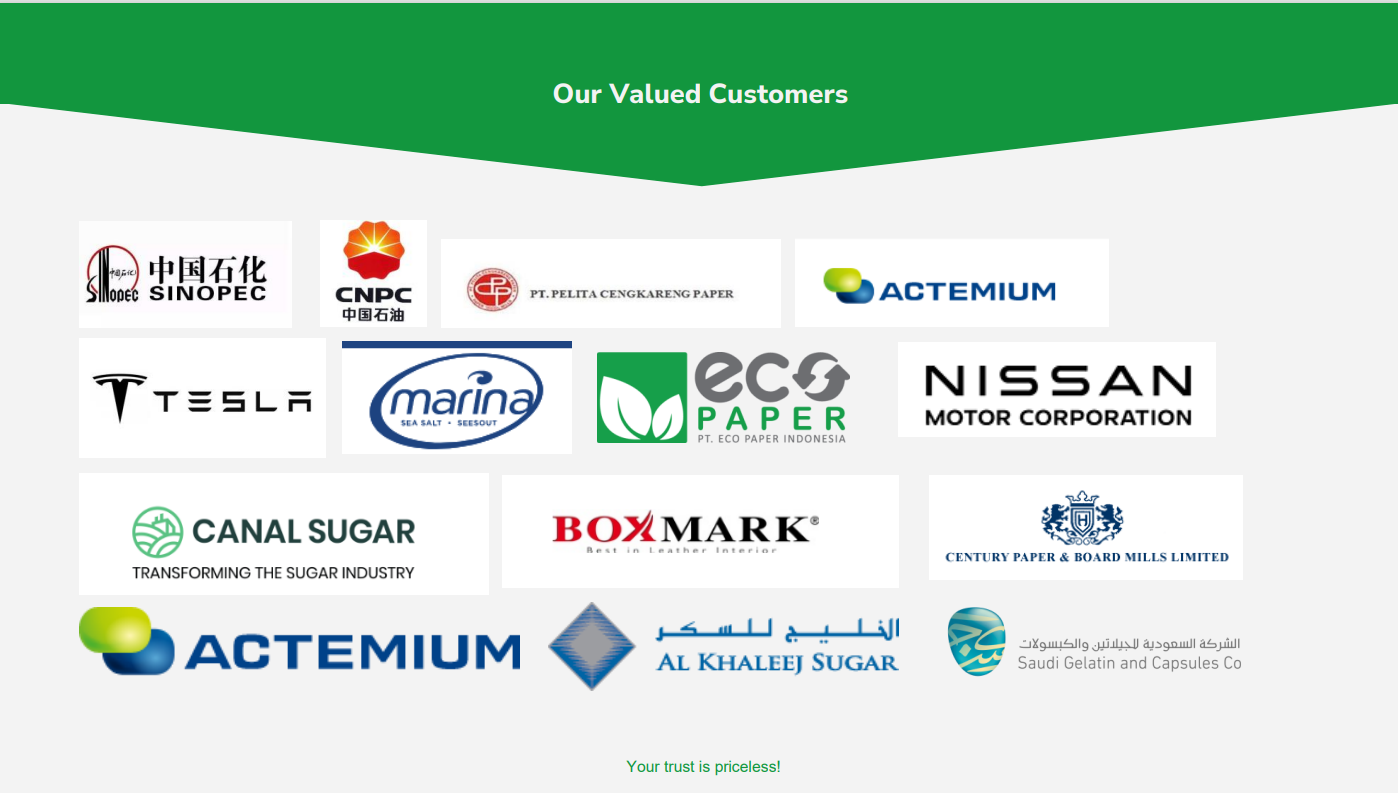How Does Hydraulic Self-cleaning Filter Process?
The process of a Hydraulic Self-Cleaning Filter involves several stages to ensure efficient filtration and automatic cleaning. Here’s a detailed explanation of how it works:

1. Filtration Phase
- Inlet Flow: The contaminated fluid enters the filter through the inlet.
- Filtration: The fluid passes through the filter screen, which traps dirt, debris, and other contaminants. Clean fluid exits the filter through the outlet.
- Accumulation: As the filtration process continues, contaminants accumulate on the inner surface of the filter screen, gradually reducing the flow rate and increasing the pressure drop across the screen.
2. Monitoring and Detection
- Pressure Sensors: The filter is equipped with differential pressure sensors that continuously monitor the pressure difference between the inlet and outlet.
- Threshold Detection: When the pressure difference reaches a predefined threshold (e.g., 0.5 bar), it indicates that the filter screen is becoming clogged and needs cleaning.
3. Initiation of Backwash Cycle
- Control System Activation: The control system activates the backwash cycle based on the differential pressure signal.
- Hydraulic Actuation: A hydraulic piston or motor drives the backwash mechanism. This mechanism may include a rotating arm or suction nozzles positioned inside the filter screen.
4. Backwashing Phase
- Reversal of Flow: The backwash cycle reverses the flow direction in the filter. Clean fluid is forced through the filter screen from the outside to the inside, dislodging the accumulated contaminants.
- Suction Nozzles: The suction nozzles or rotating arm move along the inner surface of the screen, removing debris and contaminants effectively.
- Discharge of Waste: The dislodged contaminants are expelled through a drain valve or waste outlet, ensuring they are removed from the filter system.
5. Completion of Backwash Cycle
- Restoration of Flow: Once the backwash cycle is complete, the flow direction returns to normal, and the filter resumes regular operation.
- Reset of Sensors: The differential pressure sensors reset, and the system continues to monitor the pressure difference for the next cleaning cycle.
6. Control and Automation
- Control Panel: The filter is equipped with a control panel, often featuring a touch screen and programmable logic controller (PLC). This allows operators to set parameters such as backwash intervals, differential pressure thresholds, and manual override options.
- Language Adaptability: The control panel can be customized to display information in various languages, including Hungarian, ensuring ease of use for local operators.
7. Maintenance and Monitoring
- Regular Checks: Although the system is largely automatic, periodic checks are necessary to ensure the filter is functioning correctly.
- Maintenance Schedule: Regular maintenance includes inspecting the filter screen, hydraulic components, and control system. Replace any worn or damaged parts as needed.
Advantages of Hydraulic Self-Cleaning Filters
- Continuous Operation: The filter can operate continuously without the need for shutdown during cleaning.
- Efficiency: Maintains high filtration efficiency by regularly removing accumulated debris.
- Automation: Minimal manual intervention is required due to the automated cleaning process.
- Versatility: Suitable for various applications, including industrial water treatment, cooling systems, and wastewater management.
Any requirements, contact us now!
Grace
Email:grace@filtrationchina.com
Mobile/Whatsapp/WeChat:+86 17269571160


